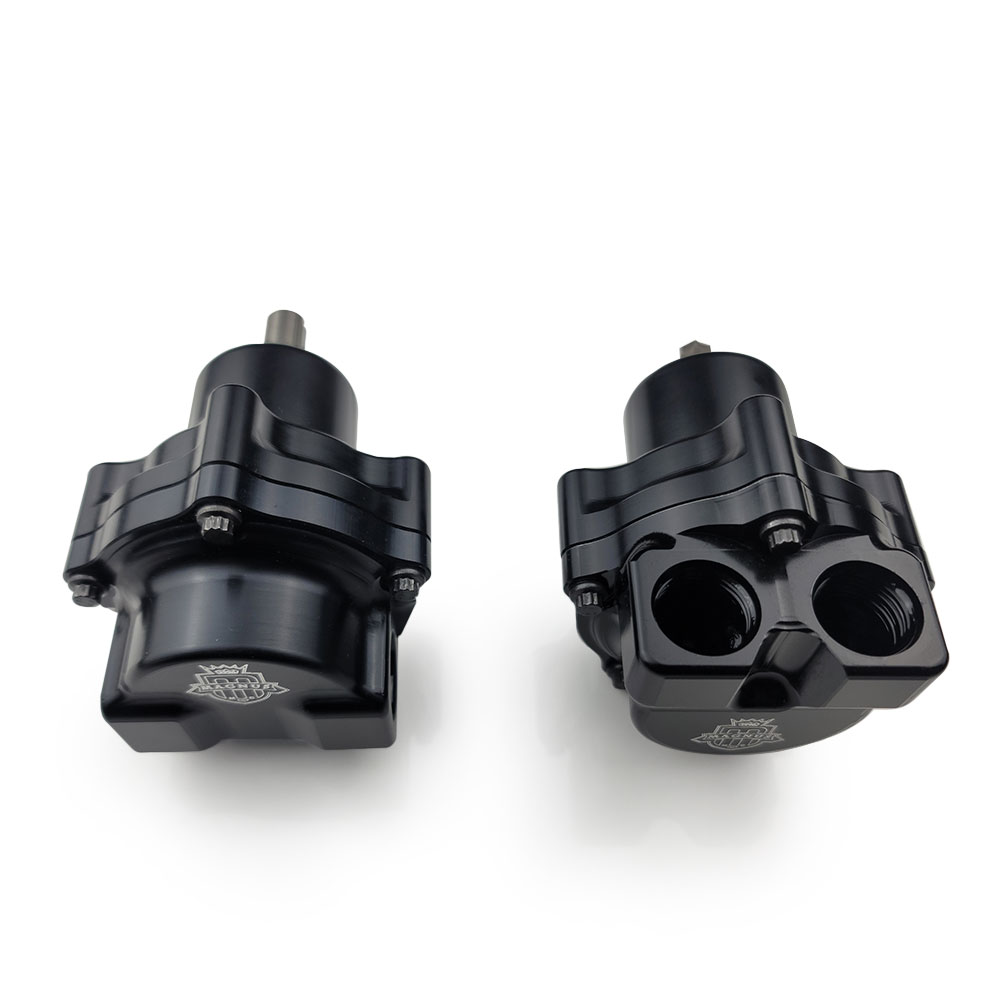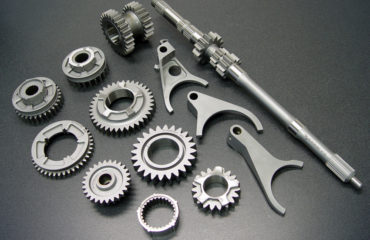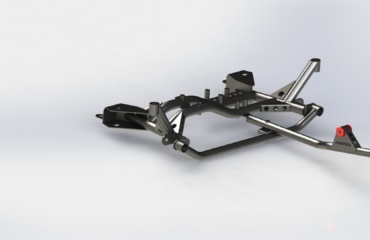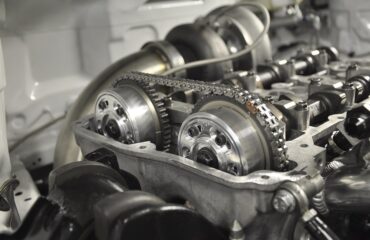NEVER TOO SOON for a Mechanical Fuel Pump.

There are a multitude of different options out there for choosing the right fuel system for your race car or high performance street car. Some go with a high flow electric pump, sometimes even two or three electric pumps, while others choose the route of a mechanical fuel pump. All are looking to achieve the same result – providing enough fuel for the motor. There is lot of benefits to both electrical and mechanical systems in a variety of forms of motorsports, but we’ll primarily focus on drag racing or street performance for this topic, although we have successfully used them in road racing to stop fuel overheating issues.
For most of you reading this, you’ve already gone through upgrading your in-tank pump or have gone to a larger external electrical pump, yet you’re still coming up short on fuel issues – once again. I say “once again” because you’ve been through this before with the progressive steps of chasing your tail to fuel your motors needs. Wouldn’t it be nice to get ahead of the game this time around and rid yourself of the headaches that come with running an electrical system?
You’re asking yourself, since my fuel system is all set up (with lines run and wiring done), it wouldn’t take too much to swap in a larger pump and carry on with tuning your car, or would it? The cost of pumps is minimal if not more for some electrical pumps. If larger lines and fittings are on the menu, definitely consider making the switch now. Plus it could save you from a lot of other issues to be concerned about as your power goals rise. Going the route of a mechanical fuel pump is straightforward, mounting the pump is probably the most intensive component of the switch. But now this is made even easier with kits available to drive the pump off the crank, distributor, camshaft or some accessory component. Running some new lines and fittings and you’re pretty much set up. All the electrical headaches of wiring and relays are a thing of the past. Seems too simple doesn’t it?
Yes, the mechanical pump setup is very simple with lots of benefits and few issues to be concerned about. The Magnus MF Pump can handle up to 9.7 GPM and support 2500HP on methanol to 5700HP on gasoline depending on the fuel type and base pressure. This should cover the majority of drag racing and street setups out there. For those that it doesn’t, stay tuned – we got you too! The following issues will be a thing of the past:
● You won’t be concerned with insane power draws from huge amperage pumps.
● It cannot mess with your ECU or tuneup no electronics needed to run it, no more fuel flow tapering because of to low battery voltage and pumps not keeping up.
● If you want to run 100 psi of boost, bring it on! This pump can handle it, does not drop pressure like electric pumps.
● Pump speed and flow tied to engine speed, there is no overheating of fuel.
There are safety advantages as well. If you are ever unlucky enough to hang your rods outside your block, the pump stops since it’s driven by motor speed. No one likes fueling an already dangerous engine fire. More fuel equipment is kept in the engine bay and in front of the firewall.
You do have to be concerned about the cleanliness of the fuel source. It likes super clean fuel, so running a nice prefilter is highly recommended in your setup if you don’t already have one. If you want to get that much more through, filtering the fuel before you put in the tank helps too. But other than that, you’re good to go.
There’s a bunch of stuff I could talk about the Magnus pump, but we’ll leave that for you to discover on its own product page. For now, you already have a ton of stuff to be concerned about on your race car, never mind the things you can’t control such as rule changes that may affect fuel types, turbo sizes, changes in turbo technologies. Let’s get the fuel pump equation out of the picture so you can focus on other things!




